
🥗 Are you ready for the new food? – Invasive species, insects and fish on land
We already know that meat production, trawling, and one-sided farming in mega-format are environmental culprits with an end date. But now new types of climate-smart food are being developed.
Share this story!
This is part two of the series "Are you ready for the new food?". Did you miss part one? Read about Oumph, algae and lab-grown meat.
Humans have always moved plants and animals between continents for various reasons. Climate change is also causing species to move and spread in new alien ecosystems, in some cases with harmful effects and in others with good ones – for example as a new edible food.
Going out into the woods and picking more than just mushrooms and berries is a growing trend and via digital solutions, efforts are now being made to inspire more people to discover that there is more nutritious food in their surroundings than they expected. Information on edible wild species contributes to better utilization of food resources that are close by. At the same time, it can curb the spread of species that risk disturbing local ecosystems.
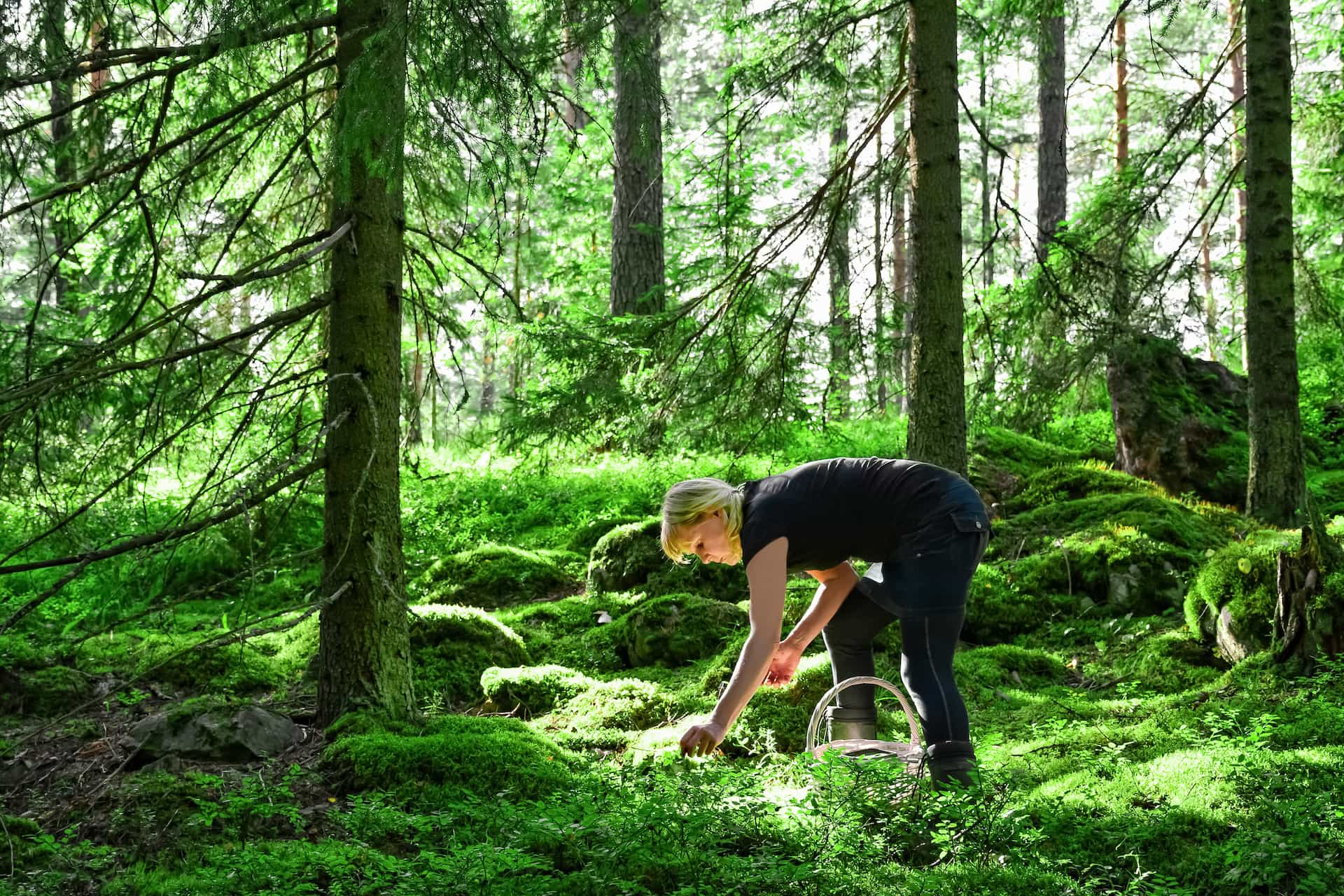
Invasive species from other parts of the world
Sunny Savage, is an experienced food forager on Maui, in the Hawaiian Islands. She has developed a free app that allows anyone to identify and mark the sites of invasive edible plants. You can use the app to find and forage them, and contribute yourself by putting a pin on the app's digital map where you have found an invasive species.
"On a small island like Maui, invasive species have drastically changed the entire food chain. I started harvesting wild invasive plants and developed recipes using them. These recipes are now shared in the Savage Kitchen app, and people are making the connection that we can pivot around this issue. I soon realized that the challenge invasive species present is global, or maybe rather a global opportunity, for people to simultaneously forage for wild foods while they also enjoy feeling like they are being part of a solution. I now call these the abundance species, a reminder that the Earth is still providing for us abundantly should we know where to look," says Sunny Savage.
The Savage Kitchen app was launched last spring and initially focused on five edible invasive plant species with distribution in warmer climate zones. In the future, Sunny intends to broaden the number of species and the scope of the app.
On Swedish latitudes, for example, the wild moose grass is spreading fast on meadows and clear-cutting areas at the expense of other species. If you are an energetic entrepreneur and want to produce a good drink with medicinal overtones, there is a clear market potential out there waiting for you.
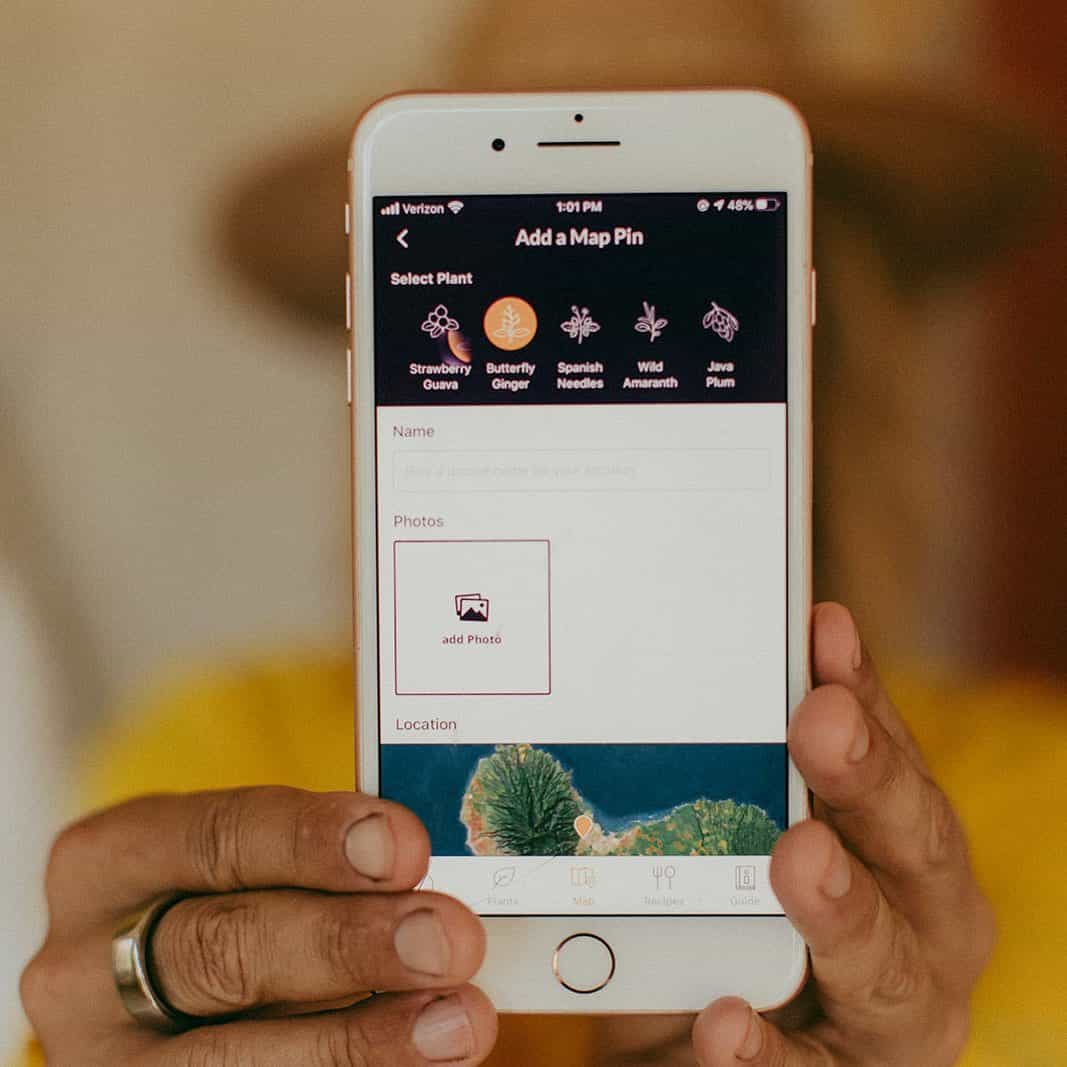
A recent example of invasive animal species is oysters. Japanese giant oysters, or Gigas oysters, which are eaten with gusto in France, have in recent years spread on the Swedish west coast. They thrive in these salty waters and partially push out Swedish oysters.
Star chef Rikard Nilsson runs consulting and event operations in Båstad:
"There are probably five billion Gigas oysters out in the oceans compared to the five million Swedish oysters we have up here. I pick these 'new' oysters and other mussels along the beaches and serve my guests. These are the same good oysters that were previously bought for a high price and transported here from our suppliers in France."
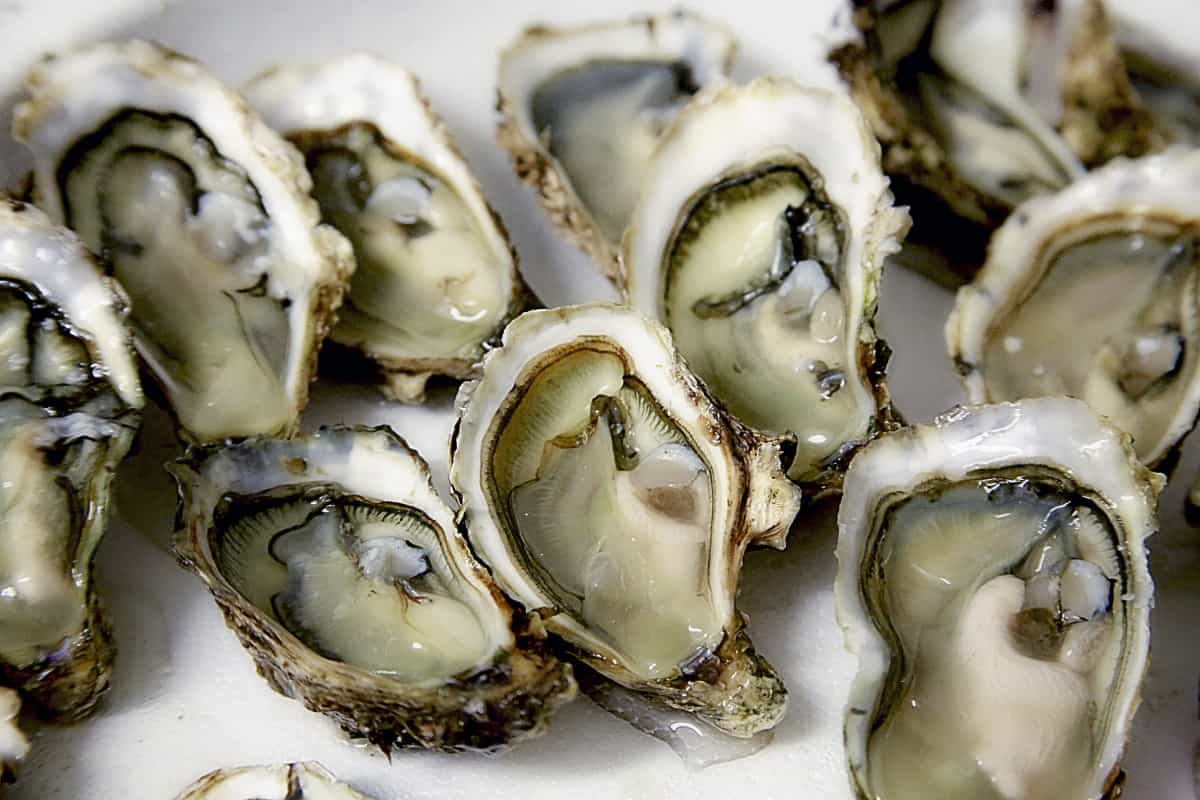
How about garlic-crassed crickets?
In Cambodia, protein sources are an acute issue and malnutrition among children is a significant health issue. In a collaboration with the Swedish University of Agricultural Sciences (SLU) in Uppsala, research has been carried out on breeding the Cambodian crickets sustainably.
Crickets are good sources of protein and do not require the amounts of water, feed and surfaces required when raising, for example, cows, pigs or goats. However, they have traditionally used chicken feed for the crickets, a protein-dense feed that we could eat directly instead.
The research collaboration was about finding a local plant-based feed that did not require new exploitation of arable land, but was preferably a residual product from something else. They succeeded in creating an effective feed of an ordinary weed and the tops from the cassava root. Cassava is grown and eaten in large quantities in Africa. The results have shown that the crickets get even more nutritious by eating discarded tops compared to eating chicken feed.
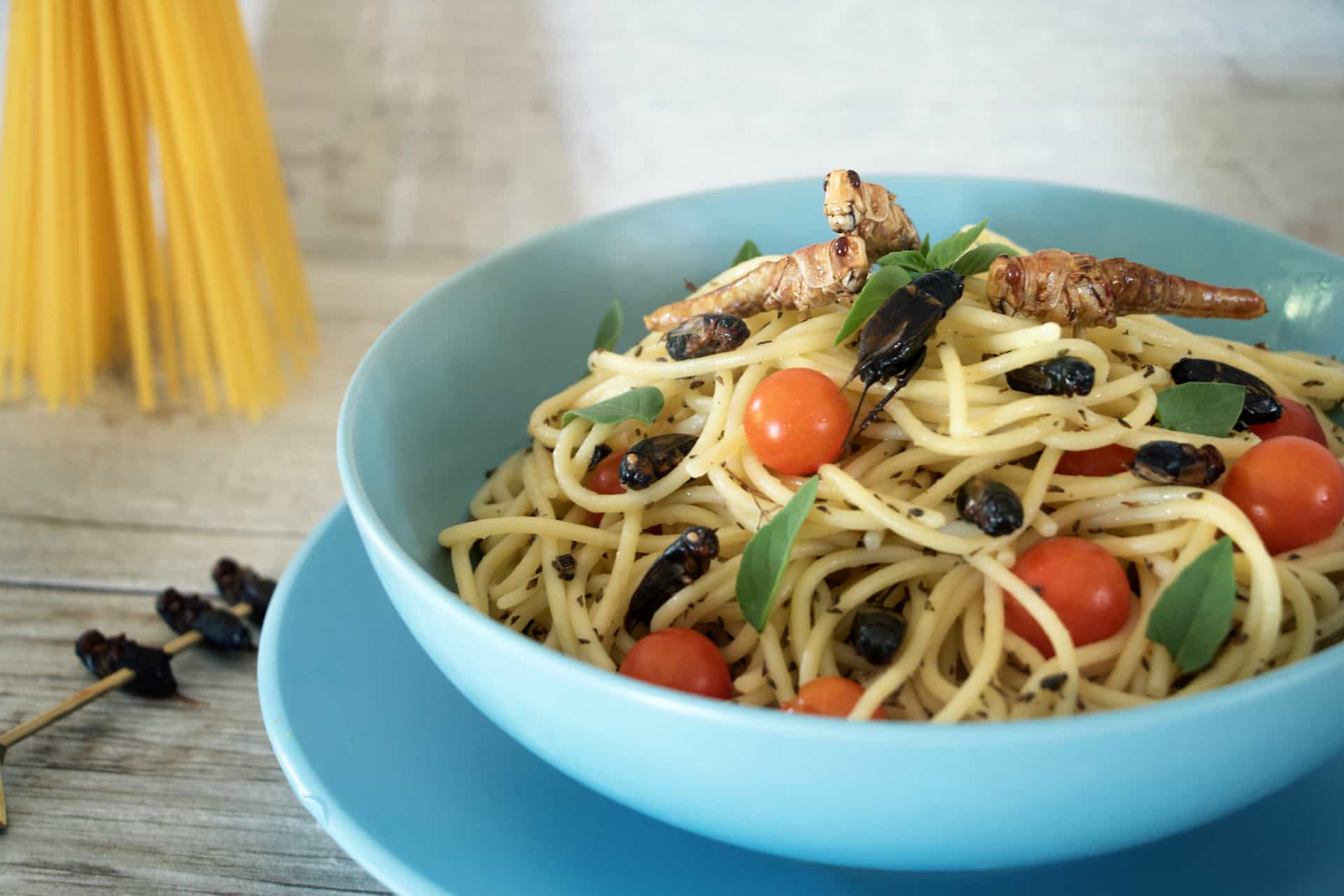
Research has continued at SLU for the Swedish market. Crickets have a nutty taste and crackle a little, but fried in chili and garlic on a bed of pasta, they taste excellent. The nutritional value can be compared with other proteins such as meat, chicken or salmon.
In Sweden, the red clover is a candidate as a sustainable cricket feed. Red clover mounds do not require artificial fertilization and are already used in Swedish agriculture to increase biodiversity. A bonus is also that the red clover blooms, which is great for pollinating insects.
It remains to be seen how quickly we are receptive to eating crickets everyday. With ten billion people in sight, we do not have the 100 years the potato took to become accepted. The hope is for our star chefs, recipe developers and influencers.
Tomato-grown fish on land
It is called aquaponic cultivation. In principle, an aquarium is connected with cultivation beds in a circular cycle and fish fry are poured into the tanks and plants into the soil. The nutrients from the fish's feces fertilize the crops and the water is purified and oxygenated by the plants. The technology is ancient and originates from fish and rice farms in Asia.
A family in Swedish Sigtuna is self-sufficient in eel, salad, fresh spices and cucumbers. Maja and her children have built their facility in the garage. They harvest their fresh vegetables all year round and according to Maja's calculations, the plant saves the family money. But she believes that the greatest value is that her children get fresh fish and vegetables that have not been transported and with all the useful nutrients left in them.
In Härnösand, the same idea is pursued on a large commercial scale. In an industrial area, there are long rows of greenhouses that together hold 4,000 tomato plants. Next door are warehouses and large water tanks filled with salmon trout. The plant produces 1200 tons of tomatoes and 40-50 tons of salmon trout a year.
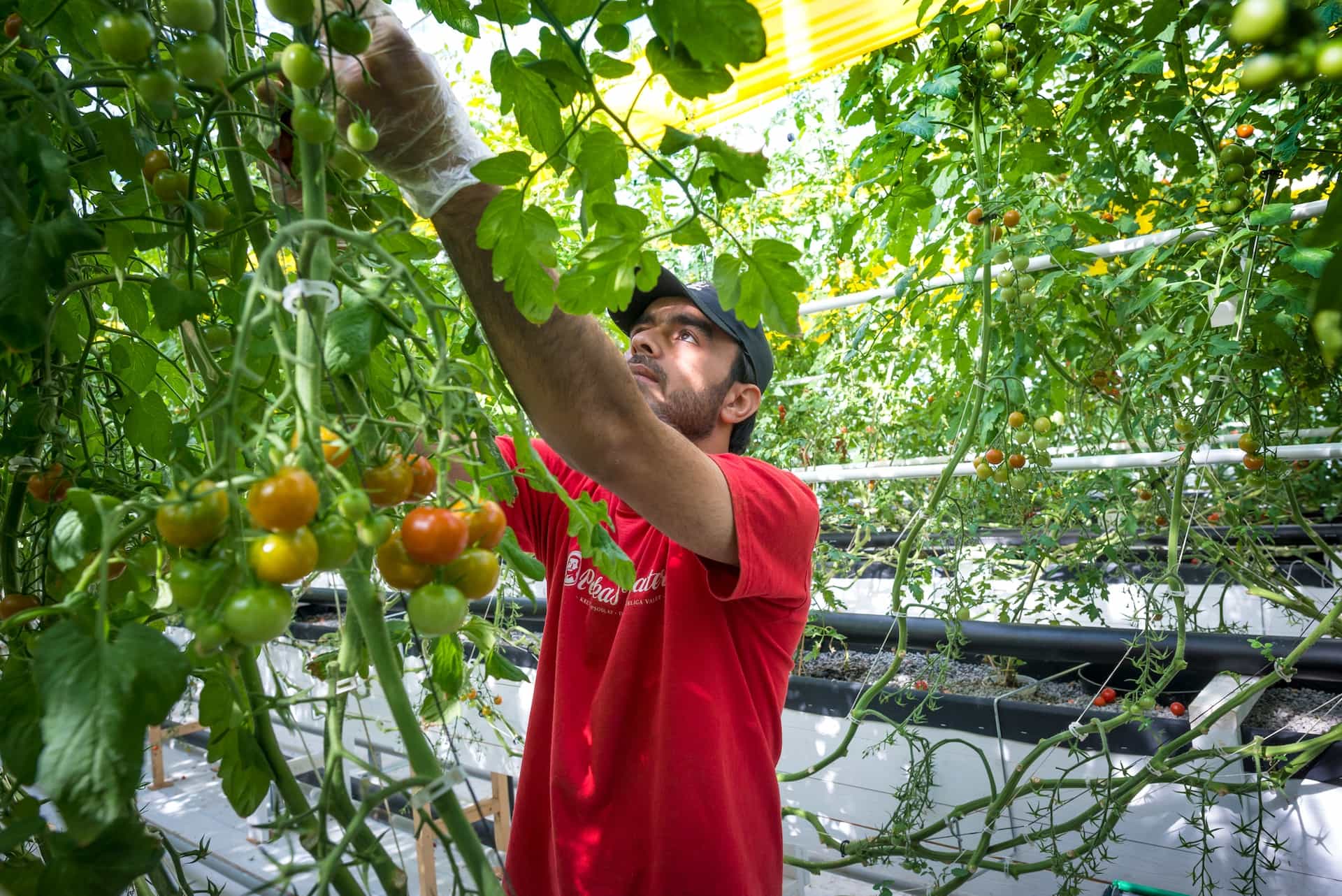
Anders Kiessling is a professor of aquaculture and uses the facility for his research.
"I think that in 10-15 years, all new greenhouses will build a small fish department to get some of the natural fertilizer for their plants, while you also get a very nice product in the form of fish. But one quickly realizes that if we are to continue to breed animals, the feed must be sustainable and that is where we have the Achilles heel in this system today," says Anders Kiessling.
Aquaponic cultivation thus requires feed and electricity to keep the operation going. Fish farming requires large amounts of protein and common feed is small fish or soy. This has led to the depletion of the oceans and the exploitation of large areas of land for soy cultivation. Areas created by deforestation. If you add long transports between the continents in that process, it becomes a really bad sustainability calculation.
Anders, however, has exciting solutions underway. In Örnsköldsvik, he experiments with other researchers with fungal microbes that are allowed to grow in felling residues from the local forestry. The method is basically the same as brewing beer and the early tests produce an end product packed with protein that on a large scale could serve as feed for fish. The method is similar to an idea that is being developed at the same time in Finland, Solar Foods, where the production of the protein is intended to be served directly on our plates.
Solar Foods can give us food in space
"To cook on thin air" definitely beats the legendary Swedish chef Kajsa Wargs classic "cook soup on a nail". Colleagues Pasi Vainikka and Juha-Pekka Pitkänen have developed something that takes protein production to completely new levels, and on several levels at the same time. In their laboratory outside Helsinki in Finland, they currently produce protein from carbon dioxide and solar power.
The short story is that they collect microbes from Finnish nature and grow them by fermentation in much the same way as fermenting liquids in breweries. Instead of the process generating harmful carbon dioxide, their process captures carbon dioxide from the air and processes it together with the microbes using electricity from solar cells.
The microbes grow into something that they themselves classify as the world's purest protein. The protein is then used as a base in other food production. In their own calculations, they claim that it is 100 times more environmentally friendly than meat and 10 times more environmentally friendly than plant-based protein.
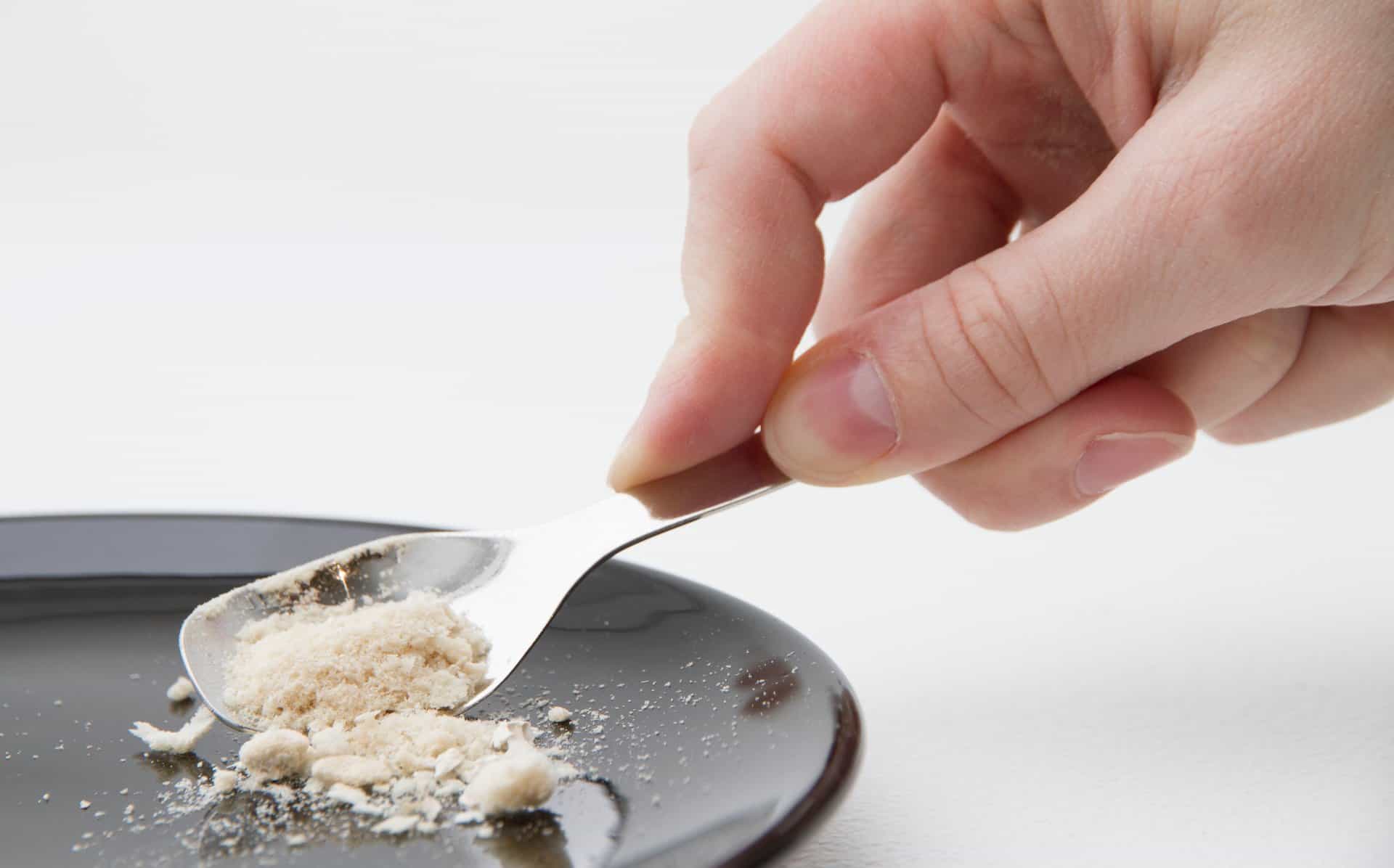
It may sound like improbable hocus pocus, but it is a completely natural process, only utilized in a more efficient way and in a concentrated form that is also powered by renewable electricity. The original idea came from a development work on sustainable food production for space travel to Mars, led by the state-owned VTT Technical Research Center in Espoo and in collaboration with LUT University in Lahti.
Their idea has gained a firm foothold and stable development support:
"We saw the obvious - that traditional food production consumed indefensible amounts of water and energy. We wanted to help solve that problem. We now know that we have a solution that makes a difference and completes the approval processes at the relevant food authorities. At the same time, we are planning for the construction of our first production facility. In two years' time, we will already be producing 4-5 million portions of protein annually, intended for as many plates of food," says CEO Pasi Vainikka.
The new food is good, healthy, smart and necessary
The inspiration for innovative solutions around food seems to flow in from several directions at the same time: the human drive to create something new, the desire to solve problems and of course the necessity of getting food for the day. To this can be added the growing generations' insights into how unsustainably we have been producing food for too long. The resources are not enough and unethical production affects more and more people.
Previously hidden truths are being drummed out via social media at a pace that the somewhat stagnant industry has a hard time curbing. From the Greta generation and creative food entrepreneurs to progressive investors, everybody is rolling up their sleeves.
A flower in an asphalt jungle? Sometimes it may take time for humanity to wake up, but once we have begun, we can move fast. When it comes to food, it is really starting to pick up pace.
This is part two of the series "Are you ready for the new food?". Did you miss part one? Read about Oumph, algae and lab-grown meat.
🍔 Do you want to read more about Food Tech - what it is and how it works? Do not miss: From plant burgers that bleed to agricultural drones - this is Foodtech
By becoming a premium supporter, you help in the creation and sharing of fact-based optimistic news all over the world.


